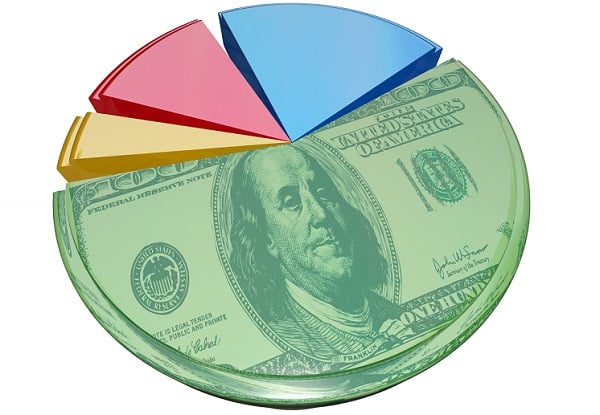 Enrollment numbers varied depending on age groups, with enrollment in HDHPs that have HSAs higher among those aged 30–44. (Image: Shutterstock)
Enrollment numbers varied depending on age groups, with enrollment in HDHPs that have HSAs higher among those aged 30–44. (Image: Shutterstock)
Workers with access to health care coverage through their employer are increasingly enrolling in high-deductible health plans, both with and without health savings accounts, as enrollment in traditional health plans has fallen.
So says a report from the Centers for Disease Control, based on data from the National Health Interview Survey. The report finds that, for adults aged 18–64 with employment-based coverage, HDHPs with HSAs saw a boost in enrollment from 4.2 percent to 18.9 percent from 2007 through 2017, while over the same period, HDHPs that lacked HSAs rose from 10.6 percent to 24.5 percent.
Related: Employers having second thoughts on HDHPs
Enrollment numbers varied depending on age groups, with enrollment in HDHPs that have HSAs higher among those aged 30–44 (21.0 percent) than among those aged 18–29 (16.8 percent) and 45–64 (18.4 percent). However, the study noted no differences by age for enrollment in HDHPs without an HSA or in traditional plans.
In addition, higher family incomes and higher levels of education changed the equation, with both higher incomes and higher education levels corresponding with higher enrollment levels in HDHPs with HSAs, and lower enrollment levels in both HDHPs lacking HSAs and traditional plans.
In 2017, enrollment in traditional plans dropped as family income rose, from 59.9 percent among those with incomes of 138 percent of the federal poverty level or less to 55.5 percent among those with incomes greater than 400 percent of the FPL.
Enrollment in HDHPs without HSAs dropped from 32.2 percent among those with incomes of 138 percent of the FPL or less to 22.6 percent among those with incomes greater than 400 percent of the FPL, while enrollment in HDHPs with HSAs rose from 7.9 percent among those with incomes of 138 percent of the FPL or less to 22.0 percent among those with incomes higher than 400 percent of the FPL.
© 2025 ALM Global, LLC, All Rights Reserved. Request academic re-use from www.copyright.com. All other uses, submit a request to [email protected]. For more information visit Asset & Logo Licensing.







